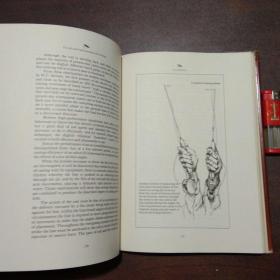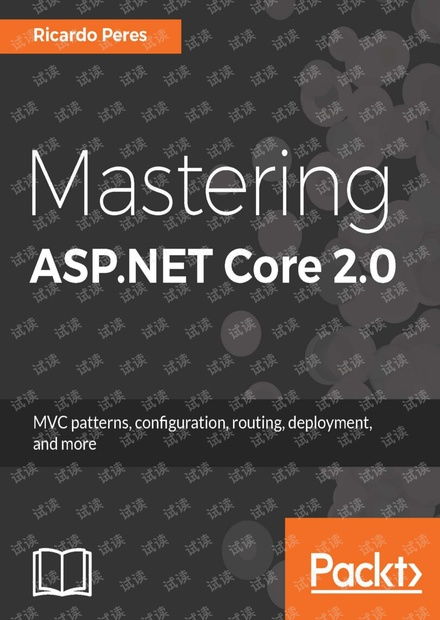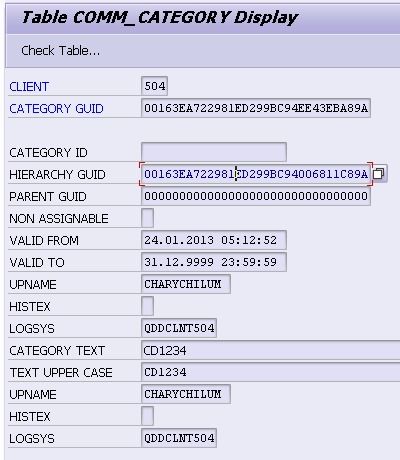Content:
Introduction:
Fly fishing, an ancient and revered angling technique, has gained immense popularity among anglers worldwide. It requires precision, patience, and a thorough understanding of various fishing equipment, including the crucial element - the fly fishing line. One of the most fundamental aspects of fly fishing is mastering the art of line management. This article aims to provide a comprehensive guide on how to learn and excel in fly fishing line management, complete with detailed diagrams to help you visualize and understand the techniques.
I. Understanding the Fly Fishing Line:
Types of Fly Fishing Lines:
a. Floating Line: Ideal for fishing on the surface, where the fly imitates insects or bait.
b. Sinking Line: Designed to sink at varying rates, allowing the fly to reach different depths.
c. Intermediate Line: A hybrid line that sinks slowly, enabling the fly to reach mid-water depths.
d. Shooting Line: A thin line attached to the back of the fly line, used for casting long distances.
Fly Line Components:
a. Tip: The most visible part of the line, designed to cast and land the fly.
b. Belly: The middle section of the line, responsible for storing energy during the cast.
c. Tail: The back part of the line, which connects to the shooting line.
Fly Line Taper:
a. Head Taper: The gradual transition from the tip to the belly, allowing for smooth casting.
b. Belly Taper: The straight section of the line, providing energy storage for the cast.
c. Tail Taper: The gradual reduction in diameter from the belly to the tip, enabling the fly to land softly.
II. Learning Fly Fishing Line Management:
Line Handling Techniques:
a. Winding the Line: Properly winding the line onto the reel ensures smooth casting and retrieves.
b. Line Layout: Arranging the line on the reel correctly prevents tangles and ensures efficient casting.
c. Line Management: Maintaining tension on the line during the cast and retrieve prevents snags and losses.
Casting Techniques:
a. Back Cast: The initial cast, which loads the line with energy.
b. Forward Cast: The second cast, which releases the fly and leader.
c. Mending: Adjusting the line during the cast to ensure the fly lands correctly.
Fly Line Adjustments:
a. Line Weight: Matching the line weight to the fly and fishing conditions for optimal performance.
b. Line Length: Using the appropriate line length for the desired casting distance.
c. Line Condition: Regularly inspecting and maintaining the line's condition to prevent wear and tear.
III. Diagrams for Visualization:

Fly Line Components Diagram:
[Tip]---[Belly]---[Tail]---[Shooting Line]Fly Line Taper Diagram:
[Head Taper]---[Belly]---[Tail Taper]Casting Sequence Diagram:
Back Cast: [Line]---[Tip]---[Fly]
Forward Cast: [Line]---[Tip]---[Fly]Conclusion:
Mastering the art of fly fishing line management is essential for any angler looking to improve their technique and enjoy the sport to its fullest. By understanding the various types of fly fishing lines, their components, and the proper casting techniques, you'll be well on your way to becoming a proficient fly fisherman. Utilize the provided diagrams to visualize and understand the concepts, and practice regularly to enhance your skills. Happy fishing!












